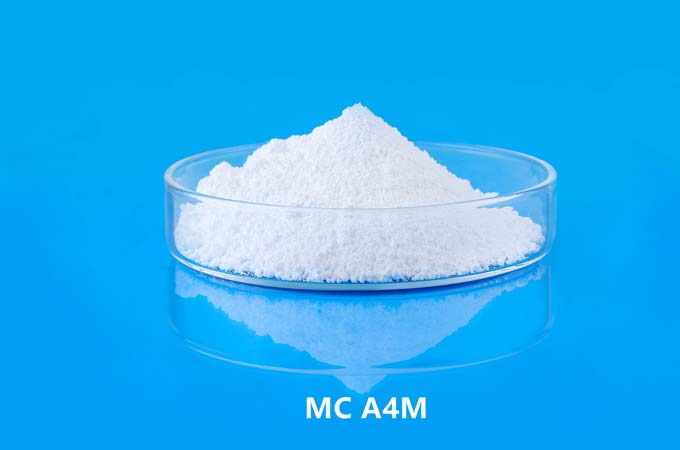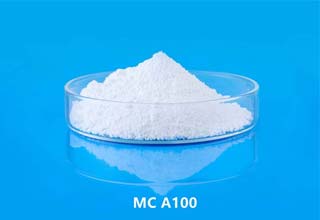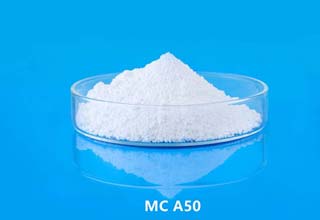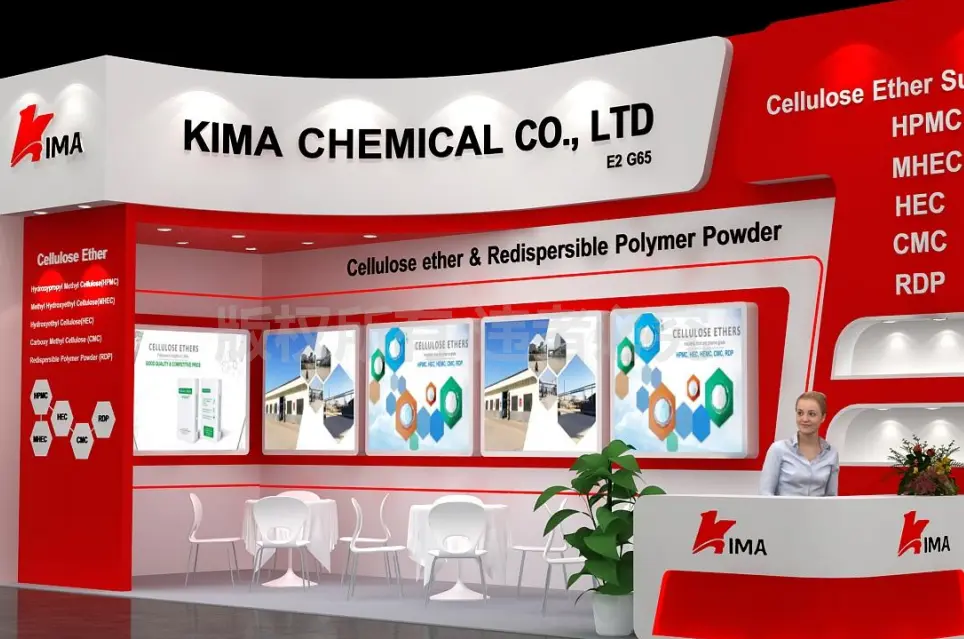Specification of MC A4M
MC A4M Methyl Cellulose (MC) |
Physical Analysis |
Appearance | White to slightly off-white fibrous or granular powder. |
Identification A to E | Conform |
Methoxy | 27.5-31.5% |
Solution appearance | Conform |
Loss on drying | 5.0% Max |
Residue on ignition | 1.5% Max |
pH | 5.0 - 8.0 |
Apparent viscosity, 2% solu, 20℃ | 3200-4800 cps |
Particle size | Min. 98% pass through 100 mesh |
Heavy Metals |
Heavy Metal | ≤10ppm |
Arsenic | ≤3ppm |
Lead | ≤3ppm |
Mercury | ≤1ppm |
Cadmium | ≤1ppm |
Micro bacteria |
Total plate count | ≤1000cfu/g |
Yeast and Mould | ≤100cfu/g |
Coli form | Absent/g |
Salmonella | Absent/g |
Application of MC A4M
KimaCell® MC A4M Methyl cellulose can be Used as synthetic resin dispersant, paint film-forming agent, thickener, construction material binder, textile printing and dyeing sizing agent, film-forming agent in pharmaceutical and food industries, etc.
Methylcellulose solution is stable to alkalis and alkenoic acids at pH 3-11 at room temperature. At pH below 3, the glucose-glucose bond is hydrolyzed due to acid catalysis and results in a decrease in solution viscosity. When heated, the viscosity of the solution decreases until, at about 50°C, a gel is formed.
Methylcellulose is susceptible to spoilage by microorganisms, so antimicrobial preservatives should be used. The solution can also be autoclaved, although this process reduces the viscosity of the solution. After autoclaving, the change of solution viscosity is related to the solution pH. Solutions with a pH below 4 had a viscosity drop of more than 20% after autoclaving.
 English
English 日本語
日本語 français
français Deutsch
Deutsch Español
Español italiano
italiano русский
русский português
português العربية
العربية Türkçe
Türkçe Nederland
Nederland

 MC A4M Material Safety Data Sheet
MC A4M Material Safety Data Sheet 



